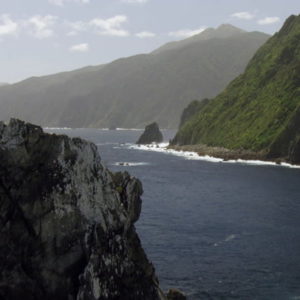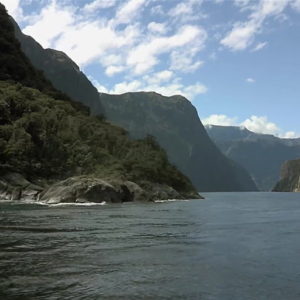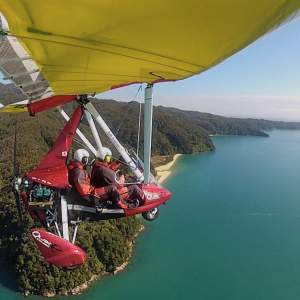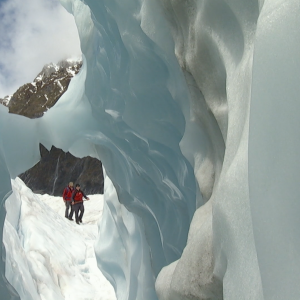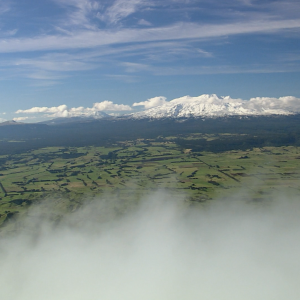Aoraki/Mt Cook
In this episode, Gus heads into the heart of the Southern Alps to find a dynamic alpine paradise. He explores a vast mountainous range, dominated by New Zealand’s tallest peaks and largest glaciers, where the lure of reaching the pinnacles draws men and women from around the world.
In this episode, Gus finds himself in Aoraki Mt Cook National Park, where 140 peaks above 2000 metres tower over the landscape. There is virtually no flat land in the entire park, and a third of it is permanently covered in ice and snow.
To get a really good look at this Park, Gus starts his exploration by air. The Southern Alps are one of the most rapidly rising mountain ranges in the world. And, at the rate they grow they would be the tallest range in the world, but temperature shifts from freezing to thawing combined with high rainfall have instead created one of the steepest, unstable landscapes in the country.
The challenging terrain makes it a draw card for climbers, and Gus meets a former Californian who has summited Aoraki Mt Cook 25 times. But it’s not a climb to be taken lightly, having claimed many lives in the past 120 years.
Gus joins local climbers to prepare a high altitude base, Caroline Hut, for the beginning of a new summer climbing season. After digging out the hut from the winter’s snow, a whole summer’s worth of food and supplies are brought in by helicopter.
Next he meets a search and rescue legend, to help train man’s best friend – an avalanche dog. The Southern Alps are prone to avalanches, and if you get buried, you don’t have much of a survival window. Simba, a seven-year-old black Lab/Spaniel cross is one of only ten fully operational avalanche dogs in the country.
At night, Gus finds a very different side to Aoraki Mt Cook National Park – the effect of the mountain ranges blocking bad weather means the Park, and the nearby vast McKenzie Basin, are some of the best places in the world to go star-gazing.
Gus visits Mt John Observatory, near Tekapo, where more than 4000 square kilometres of atmosphere overhead have been designated a unique International Dark Sky Reserve – the world’s largest conservation park in the sky. People come from all over the globe to gaze at the skies.
Back in daylight, Gus explores by ski plane the largest of the parks glaciers, the Tasman Glacier. The glacier is currently 29 km long, but shrinking every day, but is this part of the normal glaciation cycle, or an indicator that human activity is fast tracking the demise of these icy phenomena?
Whatever its future, this conservation sanctuary stands tall and proud among its peers and will undoubtedly remain unique among New Zealand’s 14 National Parks.






